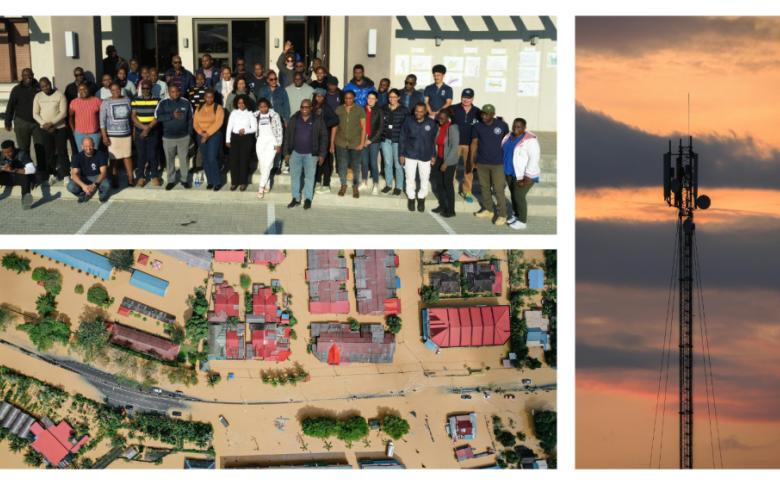ETC/GSMA Paper Highlights Preparedness and Response Best Practices

When disaster strikes, access to life-saving communications can mean the difference between chaos and coordinated response. As climate change and other global challenges drive more frequent and severe emergencies, ensuring that no one is left behind in times of crisis is more critical than ever.
Governments around the world are stepping up by developing National Emergency Telecommunications Plans—frameworks designed to strengthen resilience, foster inclusivity, and enable faster recovery. But building truly effective emergency telecoms systems takes more than national action: it requires cross-sector collaboration and continuous knowledge-sharing.
In a new joint paper, the Emergency Telecommunications Cluster (ETC) and the GSMA highlight global examples and practical experiences that can support sustainable preparedness and response. These insights contribute to ongoing efforts under the International Telecommunication Union (ITU)-D Study Group 3/1 processes, helping inform best practices at both national and international levels.
Key takeaways include:
- The importance of pre-positioned partnerships and preparedness.
- The role of inclusive policy frameworks to reach the most vulnerable.
- The value of public-private collaboration across telecoms, humanitarian, and government sectors.
As the risks we face continue to evolve, so too must our approaches to emergency telecommunications. Working together, we can ensure that connectivity is available when it matters most—before, during, and after emergencies.
👉 Read the full paper here: bit.ly/GSMA-ETC-paper